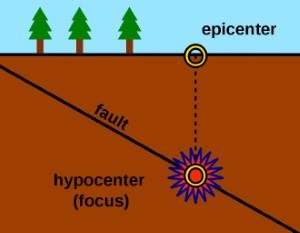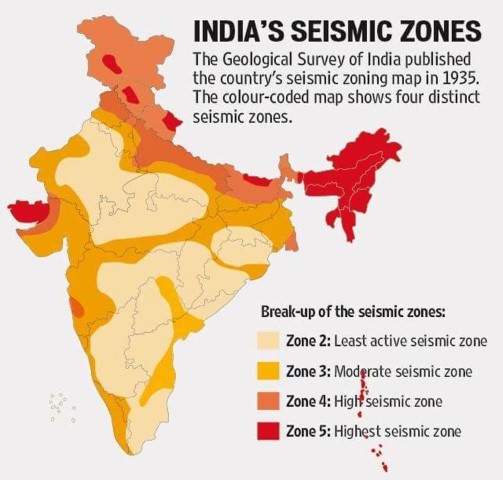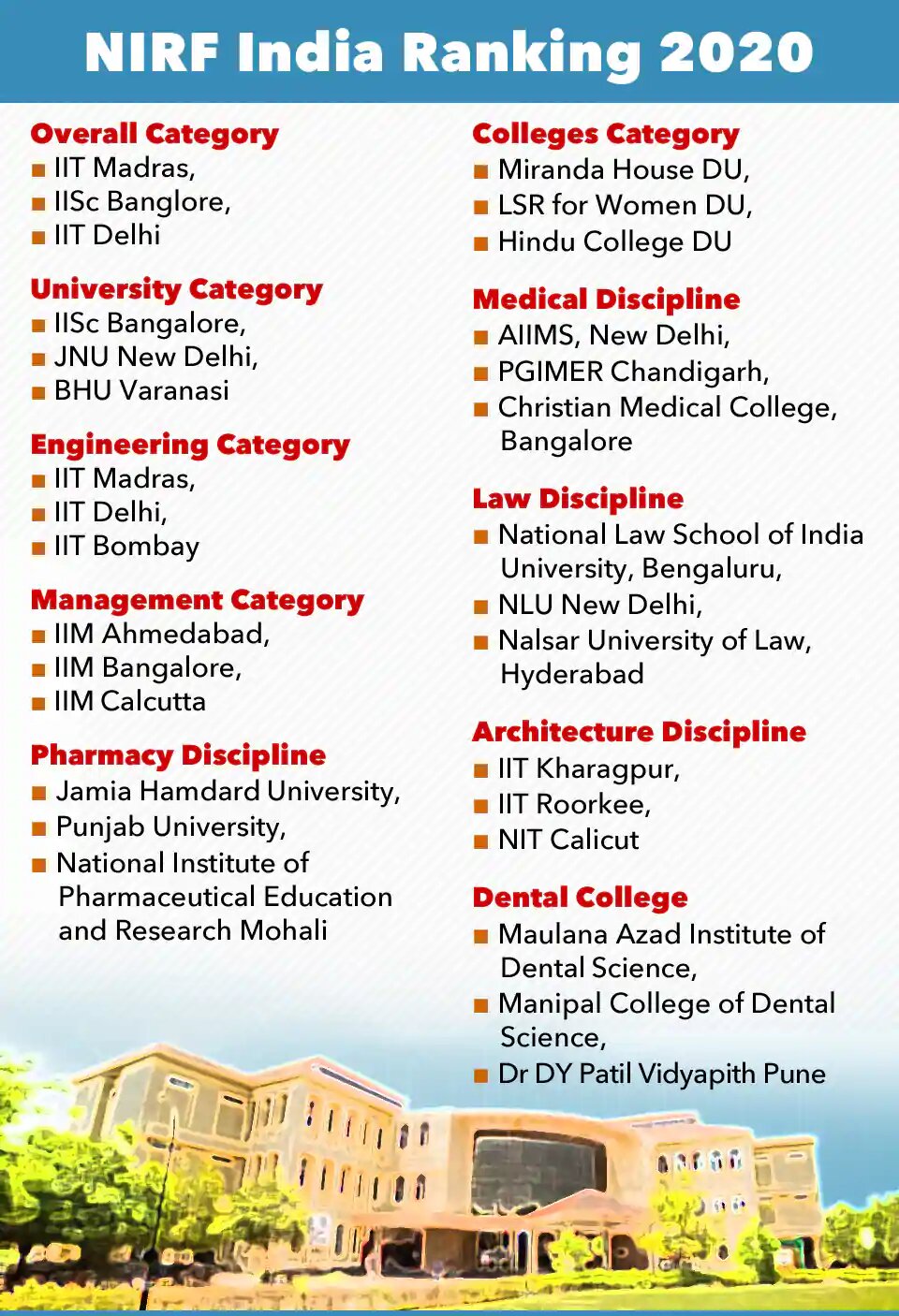7667766266
enquiry@shankarias.in
Earthquakes

Minor Earthquakes in Delhi

Deep Submergence Rescue Vehicle Complex
World Accreditation Day (WAD)
International Accreditation Forum
National Accreditation Board for Certification Bodies
Quality Council of India
Nature Index
QS Rankings
Institutions of Eminence Scheme
NIRF India Rankings 2020

Source: PIB, the Hindu, Indian Express